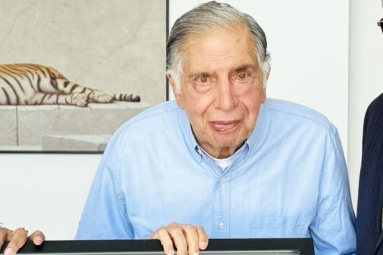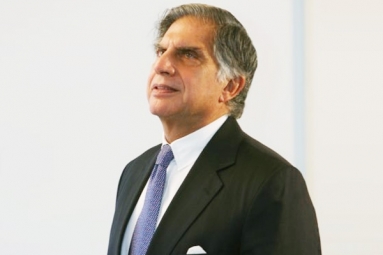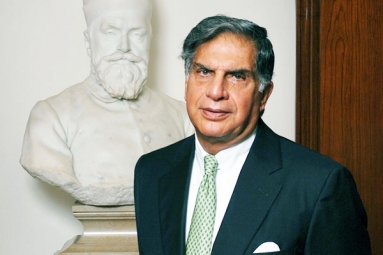However, a few like Oriental Bank of Commerce Executive Director S C Sinha said the CRR cut would "definitely lead to reduction in interest rates." Chairman of the Prime Minister's Economic Advisory Council and former RBI Governor C Rangarajan said that as the primary injection of Rs 32,000 crore liquidity (through CRR cut to 5.5 per cent from 6 per cent) would have a multiplier effect, the interest rates would soften.
There is no immediate respite to home, auto and corporate loan borrowers in terms of their monthly equated installments (EMIs) but with the RBI reducing the cash reserve ratio (CRR), banks will have more money to lend. After the Reserve Bank unveiled the third quarterly review of the monetary policy, several bankers said that they may not go in for rate cut immediately. However, a few like Oriental Bank of Commerce Executive Director S C Sinha said the CRR cut would "definitely lead to reduction in interest rates." Chairman of the Prime Minister's Economic Advisory Council and former RBI Governor C Rangarajan said that as the primary injection of Rs 32,000 crore liquidity (through CRR cut to 5.5 per cent from 6 per cent) would have a multiplier effect, the interest rates would soften.
"The improvement in liquidity condition will automatically have effect on the interest rates. It would lead to softening of interest rates," he said. CRR is the percentage of bank deposit that lenders have to keep with the RBI. The new rate would be effective from January 28. Since March 2010, the retail and corporate loans have become expensive for the borrowers but the fixed deposit holders had benefited from the 375 basis point hike in the short-term lending rate by the RBI.
Canara Bank Executive Director A K Gupta said banks would now get much-needed liquidity. This will also allay fears of further hike in base rate. "Probably, interest rates may not come down immediately," he said, adding, the banks will however will have more cash at their disposal. Concerned over upside risk on inflation, the Reserve Bank however, kept policy rate unchanged. The RBI opted to keep the repo rate, at which it lends to the banks, unchanged at 8.5 per cent, compelled by the worsening global economic outlook and decelerating domestic growth.
Reverse repo (rate at which the RBI borrows from banks) is also kept at 7.5 per cent. RBI itself said that "CRR is the most effective instrument ... the reduction can also be viewed as a reinforcement of the guidance that future rate actions will be towards lowering them."
Bank of India Executive Director N Seshadri said, "I don't think with the CRR, there would be a reduction in base rate and definitely rate cut would happen when repo rate is reduced." Expressing similar view, Dena Bank Executive Director A K Dutt said, "Softening of CRR would lead to 5 basis point reduction in cost of deposits. However, it would not have any impact on the interest rates." RBI Governor D Subbarao said in a statement, "in reducing the CRR, the Reserve Bank has attempted to address the structural pressures on liquidity in a way that is not inconsistent with the prevailing monetary stance," "Based on the current inflation trajectory, including consideration of suppressed inflation, it is premature to begin reducing the policy rate. "However, the persistence of tight liquidity conditions could disrupt credit flow and further exacerbate growth risks. In this context, the CRR is the most effective instrument for permanent liquidity injections over a sustained period of time," Subbarao said.


















